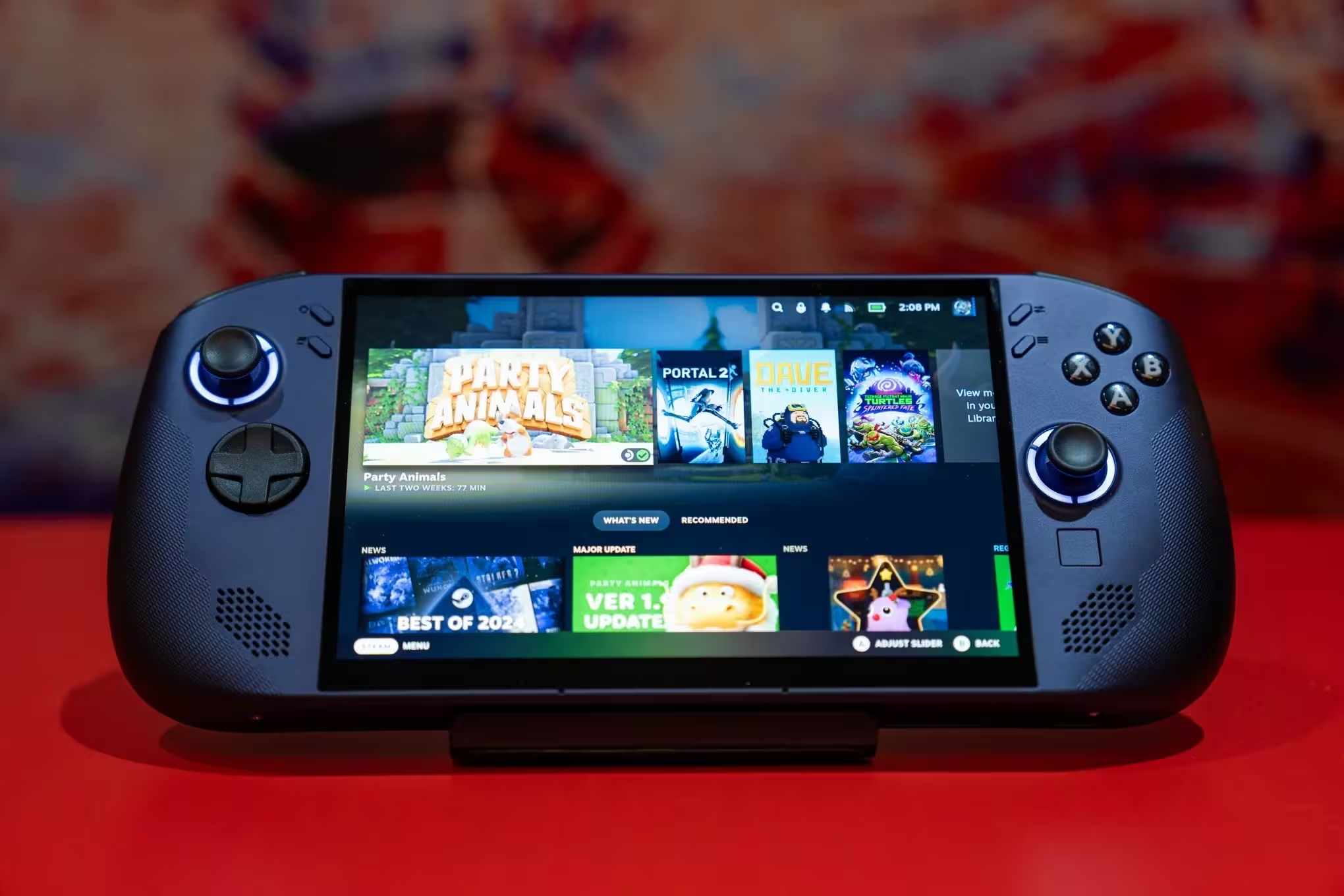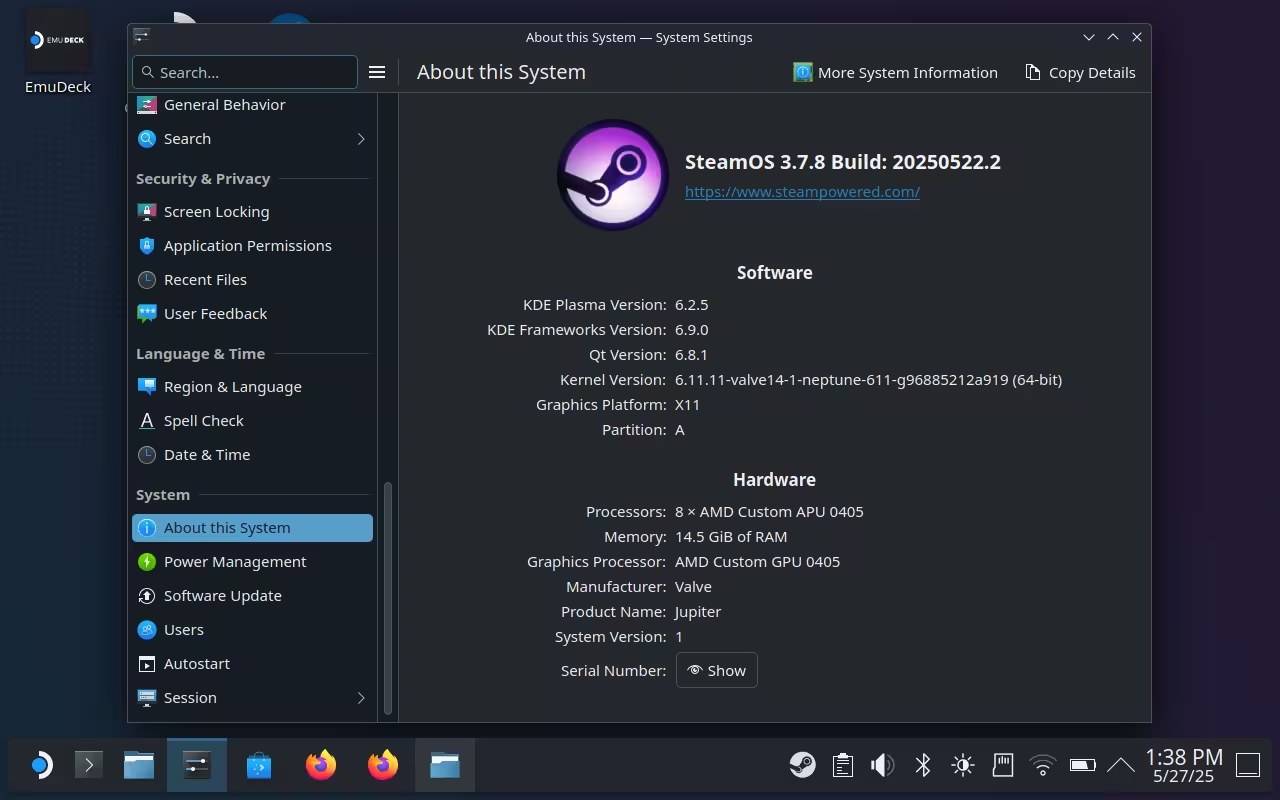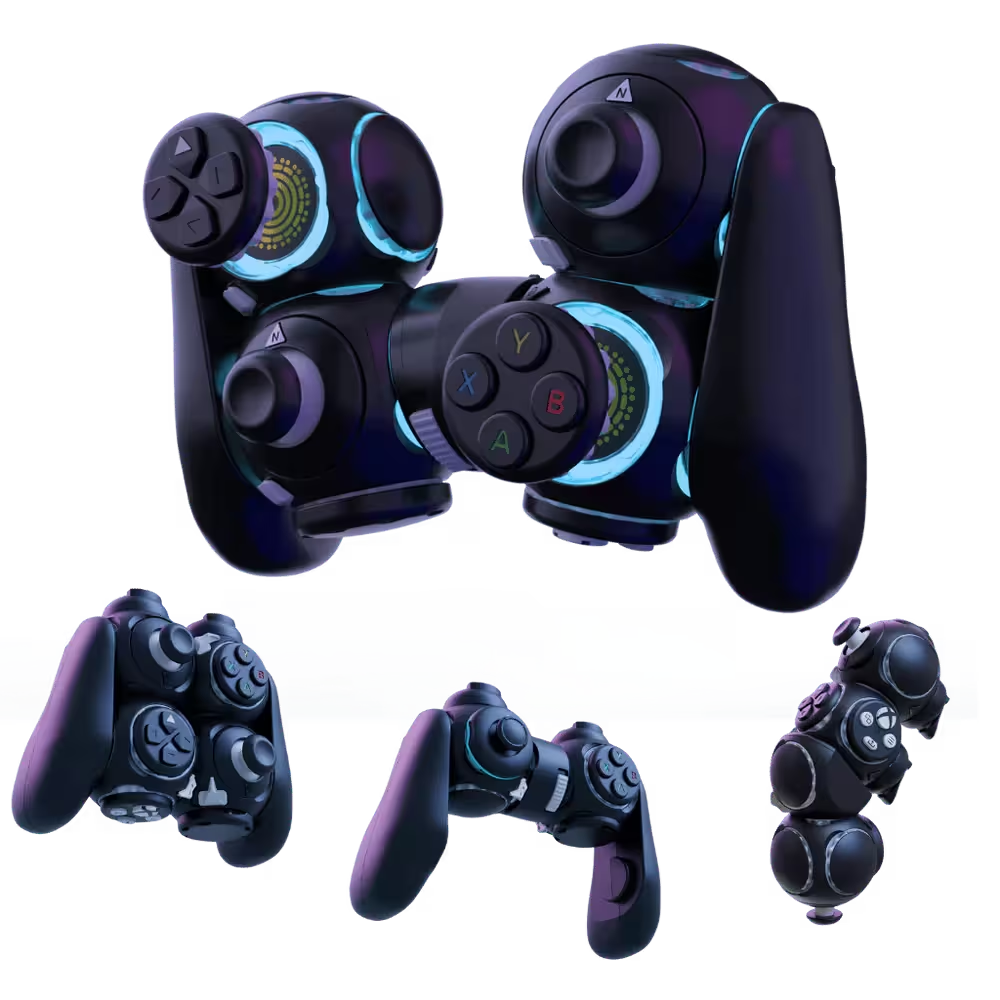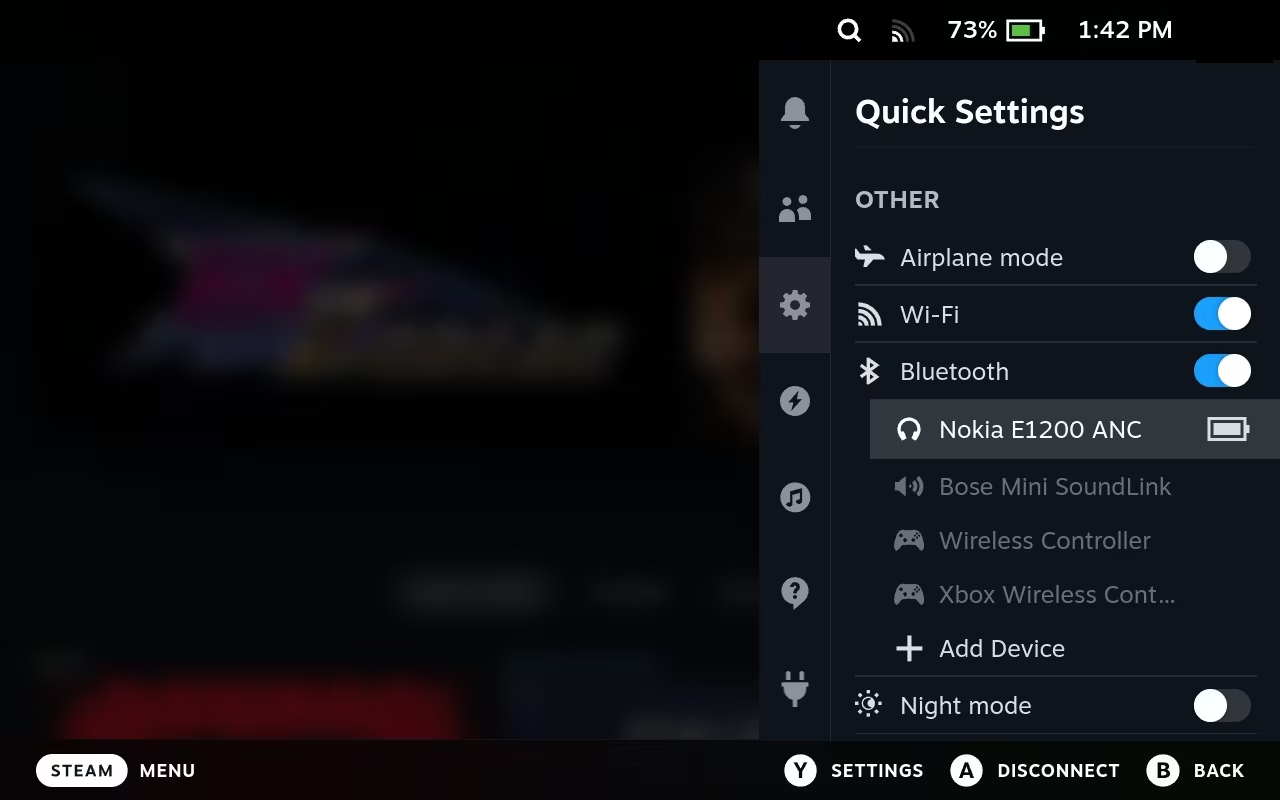SteamOS 3.7.8 Brings Official Support to Non-Steam Deck Devices
SteamOS 3.7.8 was just released a couple of days ago and it comes with a long list of updates. One of the most important developments is the official support of Non-Steam Deck devices.
SteamOS Comes for the Legion Go S and ROG Ally
This new version marks a major milestone for for the growing ecosystem of handheld PC gaming devices. For the first time, official support has been extended to non-Steam Deck hardware, signaling Valve’s intent to make SteamOS a broader platform for AMD-based handhelds.
The update introduces official support for the Lenovo Legion Go S, alongside improved compatibility for other AMD-powered devices like the ASUS ROG Ally and the original Legion Go from Lenovo (the phat one). A newly updated SteamOS recovery image is available, enabling users to install or repair the OS on these devices. The Steam Deck Client was also updated with a new SteamOS Compatible library tab specifically for Legion Go S users.

This move strengthens SteamOS as a viable alternative OS for third-party handhelds, reducing reliance on Windows and opening the door to a more unified Linux gaming experience across devices.
Under the Hood – System Upgrades
This version shifts to a newer Arch Linux base, a major backend update, and moves to the Linux 6.11 kernel, unlocking better hardware support and power efficiency features. The Mesa graphics stack has been refreshed, contributing to improved GPU performance and compatibility. Valve also enabled AMD P-State CPU frequency control, which dynamically optimizes CPU performance based on workload—another step toward better efficiency and thermals for AMD-powered devices.

Desktop mode sees a substantial upgrade with the switch to Plasma 6.2.5 (up from the old 5.27). KDE’s Filelight is now pre-installed to help users visualize disk usage.
Power, Input, and Connectivity Improvements
This update comes with a Battery Charge Limit setting is now available under Settings → Power, letting users cap the charge level (e.g., at 80%). This feature is vital for maintaining battery health—particularly for users who frequently game while docked. Until now, I think this was only available either in the BIOS menu or through the Desktop settings.
Controller support is further expanded with the inclusion of the Proteus Byowave, and bugs related to Switch Pro gyro input and input lockups on exit have been fixed. This is the first time I hear about the Byowave controller by the way, and it looks like a controller that can be configured into a wide range of shapes. A great idea for people with accessibility issues, probably.

Bluetooth performance and features also gets a boost:
- Integrated microphone support has been enabled via HFP/HSP profiles (Desktop mode only)
- fix for AirPods AAC codec issues
- Bluetooth controllers can now wake LCD models (previously limited to OLED models), while Bluetooth Low Energy (LE) based controllers still can’t wake LCD models, which remains a known limitation.
- Battery indicators are now visible for supported Bluetooth accessories, as you can see below

Until now you had to use the Decky plugins to get this kind of functionality, and it’s great to see that Valve is picking up some good UI ideas progressively.
Display, Docking, and Desktop Usability Enhancements
For users who dock their device or switch between modes, SteamOS 3.7.8 introduces several optimizations:
- Improved docking support with enhanced compatibility for TCL FireTV displays and Dell VRR monitors
- Frame limiting is now supported on VRR (Variable Refresh Rate) displays, both internal and external
- Faster transitions between Desktop and Game Mode: I have checked and it’s indeed a lot faster now, it used to take maybe 30 seconds, and now it’s half of that on my LCD model.
- Fixes for long Steam shutdowns when switching modes
- Improved surround sound support (configurable in Desktop mode)
There is also the addition of gocryptfs support, which powers Plasma Vaults, providing the option to encrypt folders within Desktop mode. Not sure how many Steam Deck owners will end up using this, but hey, now you know that’s another feature you didn’t ask for!
Other system-level fixes include the following:
- Better system responsiveness during out-of-memory crashes
- Resolution of slow DNS lookup issues
- IPv6 Privacy Extensions enabled by default
- Cleanup of pacman cache post-update to avoid stale errors
Overall this bunch of patches should make the desktop experience a lot more robust and enjoyable.
The Next Generation
SteamOS 3.7.8 is more than a routine update — it’s a clear step beyond a Steam Deck-based offering. With official support for third-party AMD handhelds, Valve is shaping SteamOS into a serious, open alternative to Windows for handheld PC gaming.
Now we will have to see the reaction of the market - will gamers purchase SteamOS enabled handhelds more? Will manufacturers provide SteamOS as an alternative OS more and more as well? 2025 should give us some hints about that pretty soon.
